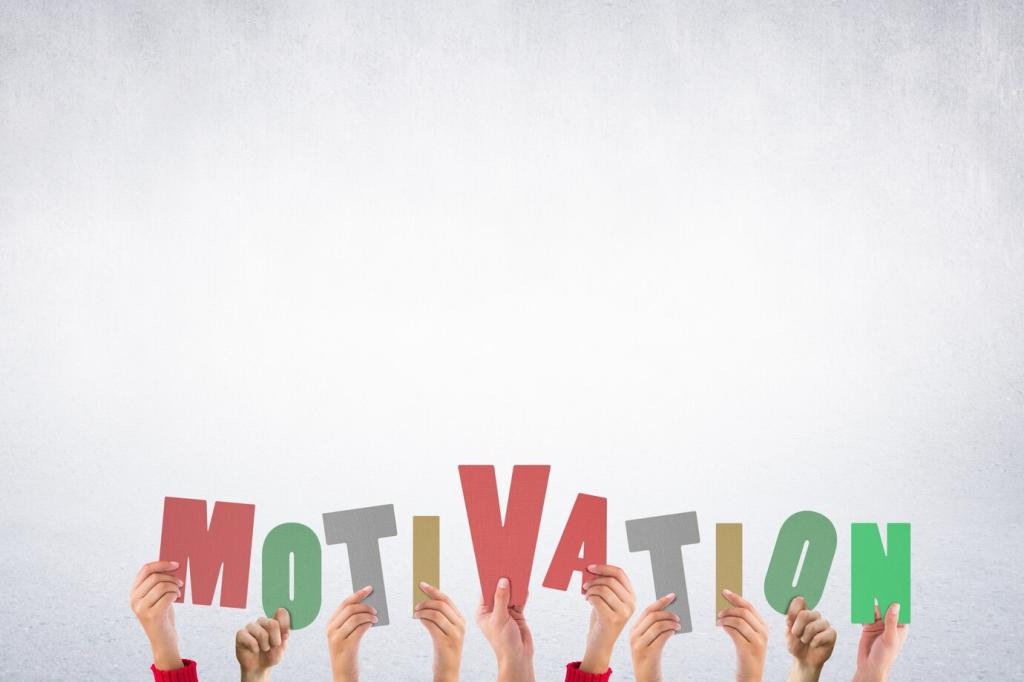Transforming Bad Habits into Productivity Boosters
Unlocking your productivity potential doesn’t always mean developing brand-new routines—it can start by turning existing, unproductive habits into powerful assets. This approach acknowledges that habits, even the so-called bad ones, stem from underlying needs or motivations. By identifying, understanding, and reframing these behaviors, you can redirect your energy from self-sabotage to self-improvement. This transformative process not only enhances your efficiency but also fosters personal growth and resilience, making productivity a natural extension of your daily life.

Understanding Bad Habits as Hidden Opportunities
Procrastination is often labeled as a productivity killer, but beneath the surface, it can indicate a strong drive for careful planning or a need for intellectual stimulation. By analyzing what triggers your procrastination—whether it’s fear of failure, overwhelm, or a desire for perfection—you can start channeling this tendency into effective strategic thinking. Instead of avoiding tasks, give yourself permission to pause and plan. Break projects into manageable units and allocate intentional thinking periods. What was once unproductive avoidance can become a structured framework that leverages your natural inclination to pause and reflect, resulting in better decision-making and clearer priorities.
Transforming Overwhelm Into Prioritization Skills
Feeling overwhelmed is typically a result of having too much on your plate, leading to a cycle of avoidance and inaction. Rather than allowing overwhelm to freeze your productivity, use it as a cue to prioritize and organize. Start by clarifying your most essential tasks and break them into achievable milestones. Give yourself permission to defer or delegate non-essential duties. This process not only alleviates anxiety but helps you focus your energy on actions that yield the greatest results. What started as avoidance becomes a catalyst for honing your prioritization abilities, making you a more effective and confident worker.
Shifting Worry Into Planned Problem-Solving
Chronic worry is often a form of mental avoidance, consuming time and energy while rarely leading to action. However, worry can be repurposed as a powerful tool for problem-solving. Begin by writing down your specific concerns and then break them into actionable items. Schedule dedicated times to brainstorm solutions, consult colleagues, or seek resources. By turning vague anxiety into concrete planning, you quell the paralyzing effects of worry and develop a more proactive approach to challenges. Over time, you’ll find that your solutions-oriented mindset not only reduces stress but also boosts your overall productivity.
Converting Fear of Failure Into Experiments
The avoidance of challenging tasks is frequently driven by a fear of making mistakes or falling short. Instead of letting this fear limit your potential, reframe each task as an experiment rather than a test of worth. Approach work with curiosity and a willingness to learn from both success and failure. Set clear intentions, assess results without judgment, and iterate as needed. By treating each step as an opportunity to gather feedback rather than confirm fears, you unlock continuous improvement and deepen your resilience—transforming avoidance into actionable growth.

Tapping Into the Power of Micro-Projects
Restless individuals often crave novelty and rapid accomplishment, which can be at odds with completing long-term goals. By incorporating micro-projects—short, focused tasks with visible outcomes—into your schedule, you align your restlessness with productivity. Choose assignments or activities where you can apply your skills and see quick results, then celebrate those wins. Each completed micro-project builds momentum and reinforces your sense of progress, transforming what might have been scattered energy into a motivating force for larger achievements.
Using Movement to Spark Innovation
The urge to move or fidget is a symptom of restlessness that can actually foster creativity. Incorporate movement into your routine by taking walking meetings, doing standing stretches, or changing your working environment throughout the day. Physical movement stimulates new neural pathways, which helps break mental blocks and inspire inventive thinking. As you combine action with problem-solving, you discover that your restless tendencies are not just distractions but vital contributors to innovation and productivity.
Channeling Multitasking Impulses Into Workflow Variety
Restlessness often expresses itself as a desire to juggle multiple activities—which, if unmanaged, leads to scattered attention. Instead of suppressing this impulse, structure your day with deliberate workflow variety. Cycle between different types of tasks (e.g., analytical and creative, solitary and collaborative) within designated time blocks. By coordinating your natural multitasking inclination with a dynamic yet focused approach, you maintain engagement and harness your energy productively, turning a potential liability into a method for sustained high performance.
